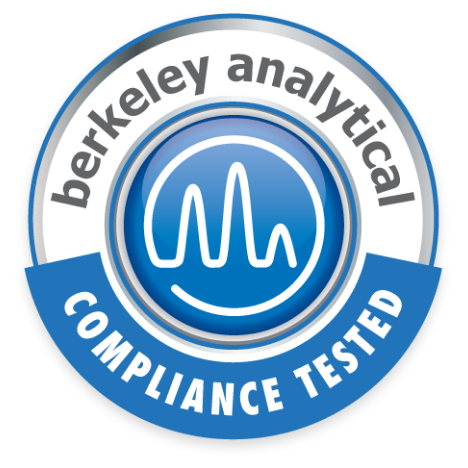High Performance Indoor Air Quality Specification for Net Zero Energy Homes
Under a NIST contract, Bernheim + Dean, Inc. and Berkeley Analytical (with specification assistance by White +GreenSpec) developed a detailed indoor air quality (IAQ) architectural specification for use in residential new construction and renovation. The specification is directed to architects and other building professionals involved in green building design and sustainable construction. The project report, NIST GCR 14-980 is available on the NIST website and also can be downloaded from the Berkeley Analytical Publications page.
IAQ directly impacts the comfort, health and wellbeing of building occupants, and the achievement of acceptable IAQ in new and renovated buildings is a well-recognized design objective. Attainment of acceptable IAQ is particularly important in residences because people, on average, spend a majority of their time at home and sensitive groups, such as the very young and the elderly, are at home most of the time.
Interior building products, furnishings, and consumer products contain and release volatile organic compounds (VOCs) to air. Attached garages are another common source of VOCs in homes. Since residential ventilation rates typically are low, indoor VOC concentrations often are elevated. The critical design parameters for managing inhalation exposures of occupants to these pollutants are the provision of adequate ventilation and source reduction.
The residential IAQ specification provides best practices that architects can incorporate into an architectural specification package to reduce sources of formaldehyde and other VOCs with adverse health effects. The specification is a modification of the IAQ guidelines implemented in the design and construction of NIST’s Net-Zero Energy Residential Test Facility (NZERTF). The benefits of the guidelines were demonstrated by monitoring indoor air pollutants during a year-long simulated occupancy test of the NZERTF. Notably, indoor VOC concentrations were low and measures taken to reduce the use of composite woods in cabinetry and other finish products were effective for controlling indoor formaldehyde concentrations.
The specification was developed using Construction Specifications Institute Standard format. It is intended to be modified and editor’s notes guiding the user on the selection of requirements for their project are provided throughout. To facilitate use, a MS Word version of the specification is available on the NIST NZERTF publication page. An IAQ compliance table in MS Excel format also is available.
The specification emphasizes a performance-based approach and encourages the testing of interior products for VOC emissions by CDPH Standard Method V1.1. Berkeley Analytical provides this testing service to manufacturers that desire to demonstrate the low IAQ impacts of their building products for USGBC LEED and other green building standards. Berkeley Analytical’s VOC emission tests also are used by architects and consulting engineers. Our project partner Bernheim+Dean, Inc. is an experienced healthy building and sustainable building architectural consultant.


